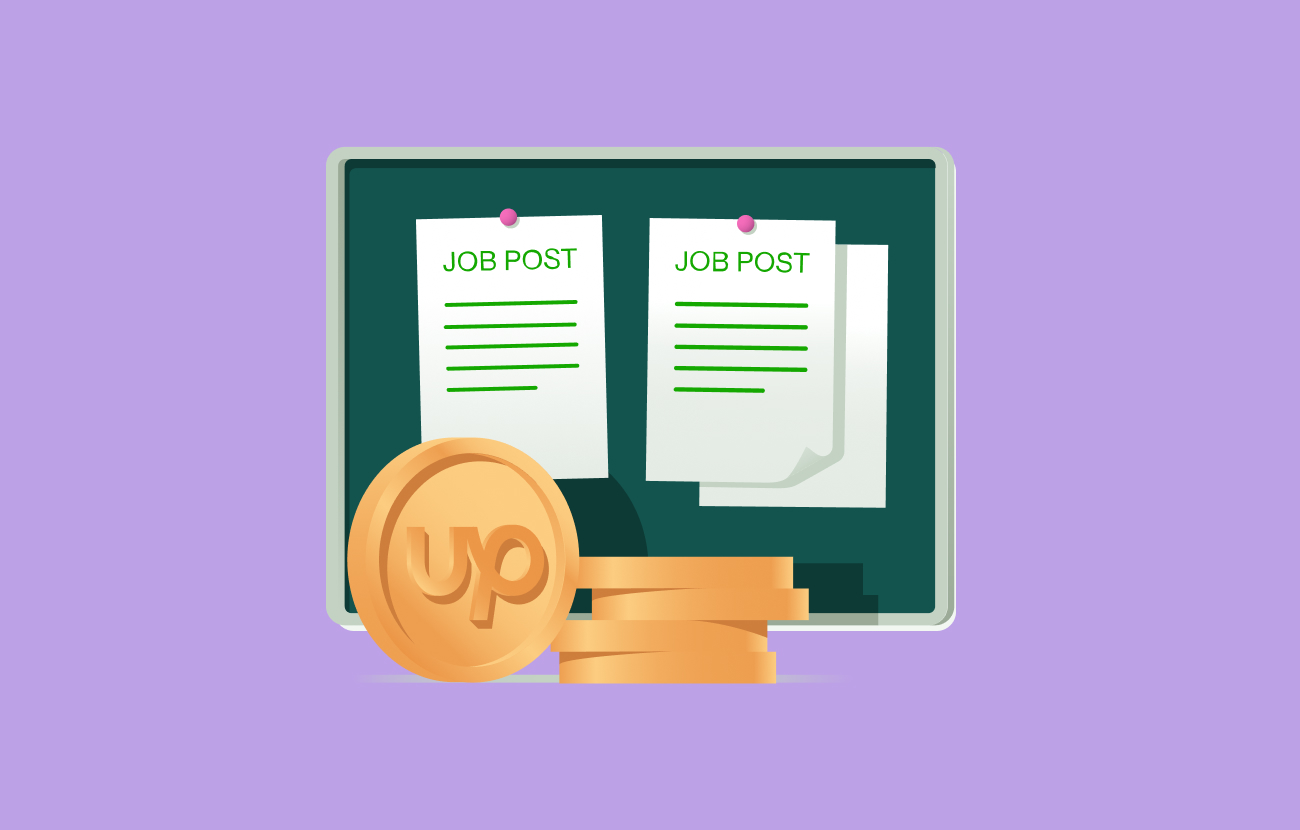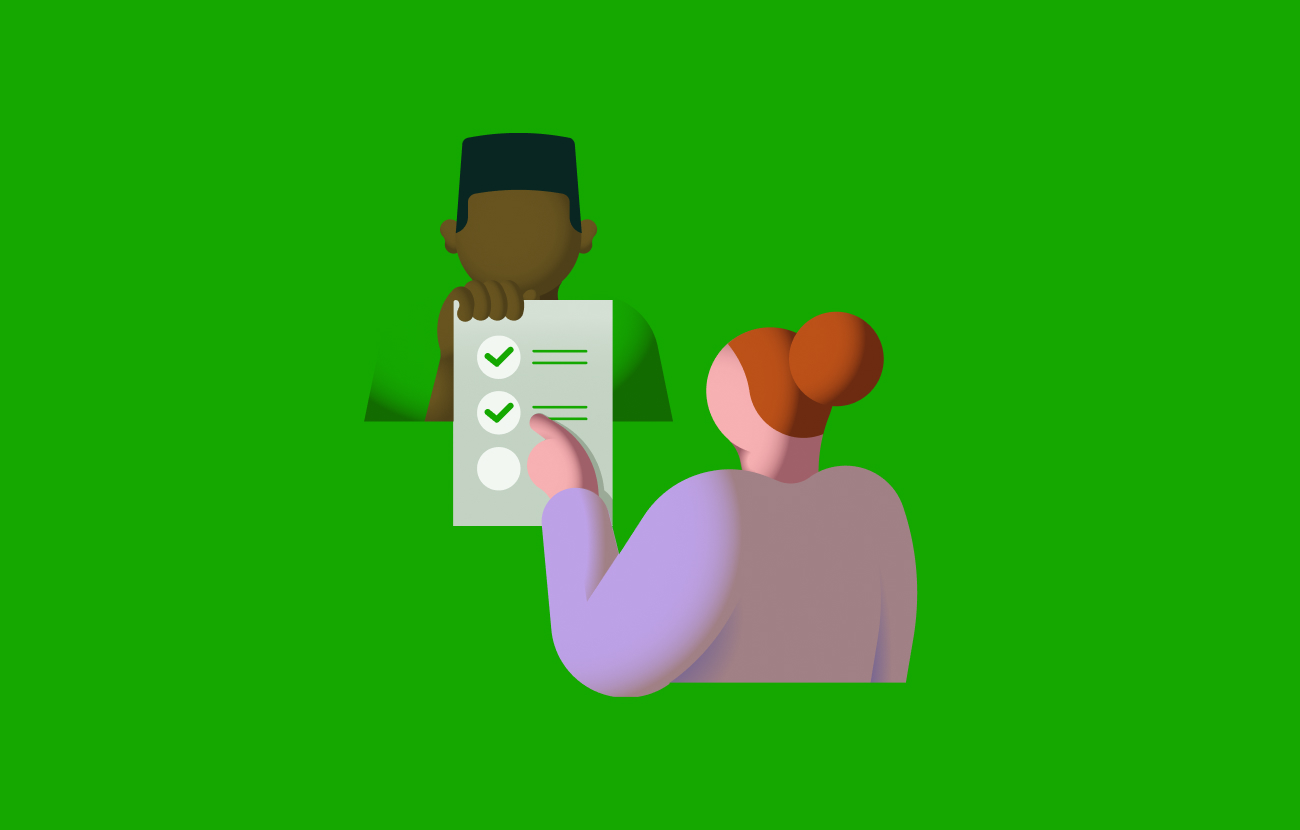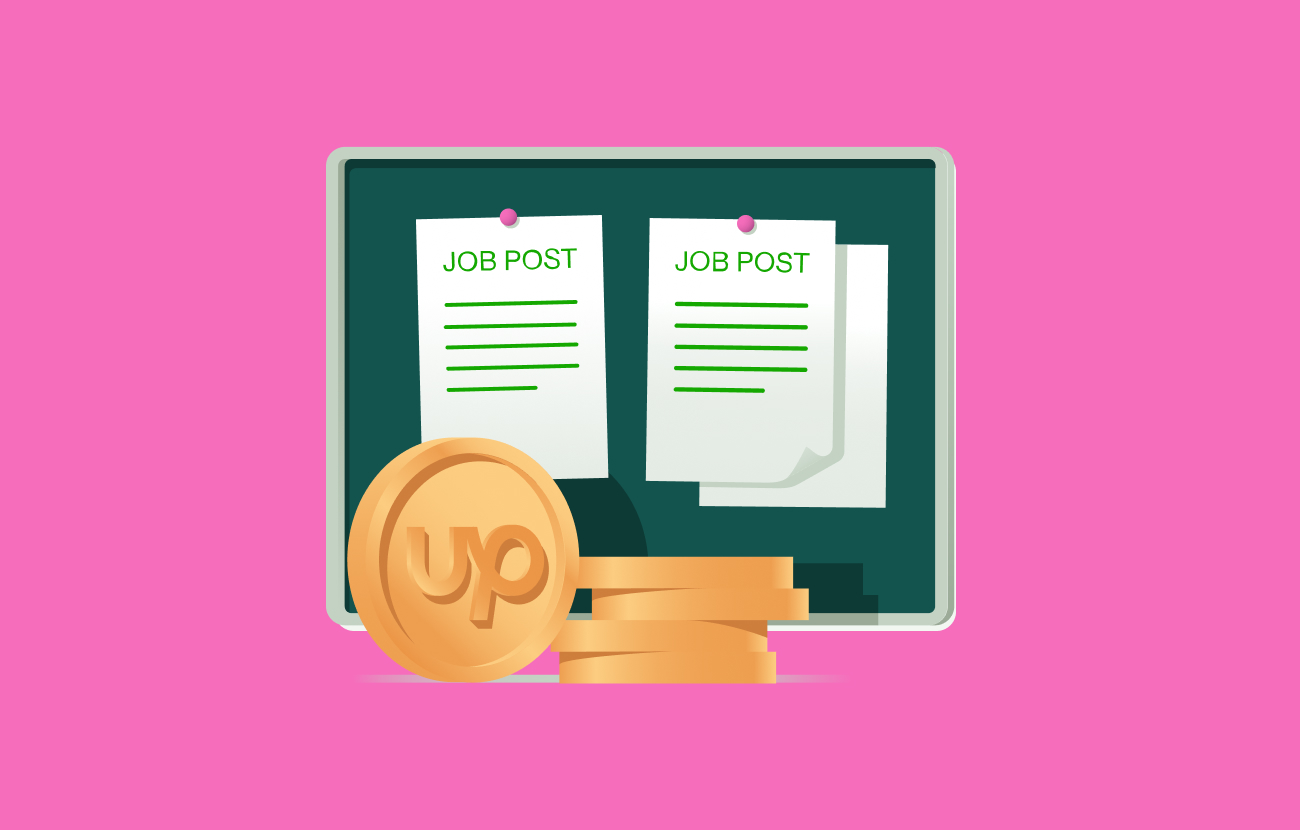How AI Helps Organizations and Workers Maximize Potential
AI empowers organizations and team members to work more creatively and strategically. Learn how AI helps drive growth, efficiency, and innovation.

Organizations are increasingly integrating AI across business functions, leaving leaders and individual contributors to navigate how best to collaborate with AI to boost both business results and career growth.
While many conversations about AI focus on automation, the real advantages lie in augmentation — using AI tools to free up time for people to focus on work that requires creativity, strategy, and judgment. When implemented thoughtfully, AI can reduce burnout, boost productivity, and help individuals deliver impactful outcomes.
Addressing burnout with AI
Burnout is increasingly common among today’s knowledge workers. A 2024 survey of 2,500 global workers distributed by The Upwork Research Institute found that 71% of full-time, in-house team members reported feeling overwhelmed due to factors such as repetitive tasks, bloated workflows, and information overload. The research also found that 65% of full-time, in-house workers reported struggling with employer demands on their productivity.
AI can alleviate this kind of mental exhaustion by automating routine and repetitive responsibilities. This frees up time for individuals to focus more energy on more meaningful and valuable priorities that require uniquely human skills, such as complex problem-solving and collaboration.
AI hasn’t created a competition between workers and machines, but has rather created an opportunity for people to more easily reach their full potential. When work is redesigned to make better use of both human and machine strengths, the results go beyond efficiency. Workers gain more mental clarity, leaders see higher-value output, and organizations build teams that are energized rather than drained.
Freelancers are ahead of in-house workers with AI adoption
While organizations continue to explore how best to integrate AI, freelancers are already putting the technology to work — often with remarkable results. Freelance work demands efficiency, agility, specialization, and self-direction. Experimenting with and adopting the latest AI tools offers freelancers a competitive advantage in an environment in which business needs and client demands constantly shift.
The Upwork Research Institute’s 2025 Future Workforce Index revealed that more than half of skilled freelancers (54%) reported advanced or expert-level proficiency in AI tools, compared to 38% of full-time employees.
The research, which included insights from 3,000 skilled, U.S.-based knowledge workers, also found that 62% of freelancers said they use AI tools several times a week, compared to 53% of full-time, in-house employees.
Another report from The Upwork Research Institute, From Tools to Teammates: Navigating the Human-AI Relationship, found that 88% of freelancers surveyed said that AI has positively impacted their careers.
This data points to a broader shift in how freelancers integrate AI into their daily workflows. On the one hand, AI plays a central role in helping freelancers build skills, better serve clients, and grow their businesses. On the other, full-time, in-house workers may not have as many opportunities to experiment with AI tools, as they’re often constrained by company-mandated training. In fact, the Future Workforce Index found that 29% of leaders surveyed said they don’t feel comfortable with workers pursuing self-development on key topics — including AI — outside the organization’s four walls.
Freelancer success stories
Top freelancers demonstrate how AI can elevate productivity and enhance the strategic impact of their work, as shown in the following examples.
Enhancing legal workflows with AI
Richard Alexander, a deep learning and neural network specialist, ranks among the top 1% of freelancers on Upwork. He uses custom neural networks and deep learning to simplify complex tasks for clients.
For one example, Richard partnered with a lawyer who needed to organize a large file of legal documents and make the file more readable and searchable. He used custom neural networks and deep learning to organize legal PDFs into a more readable format, categorizing the documents into folders based on the subject matter of each. As a result, the client significantly reduced the time spent searching for and finding specific information across the vast database of documents.
While AI, deep learning, and neural networks enable Richard to help clients increase productivity, he also notes the importance of human expertise in any AI project. In an interview, Richard shared:
“Artificial intelligence is in my mind an oxymoron. It's a contradiction of terms. No intelligence is artificial. What this means is any intelligence that we provide to a machine is infused with some subset of our intelligence. We as individuals have a massive role to play in AI because we create it. There's no AI without somebody to make AI.”
Scaling marketing automation work with AI
Marketing automation consultant Marcus Grimm has seen a 30% to 40% boost in productivity by integrating AI into his client work. As a result, Marcus frees up bandwidth and has the flexibility to partner with more clients and increase his income.
Marcus uses AI to conduct market research, which helps him better understand his clients’ current strategies and identify opportunities for improvement. He also uses AI tools to generate initial outline drafts for clients and analyze monthly business outcomes.
Marcus sees AI as a starting point in the creative process, and he uses it to handle routine tasks — but he emphasizes that people shouldn’t expect AI to completely automate their work. He reviews all AI-generated content to ensure information is accurate and aligns with client expectations and goals.
Reframing the AI mindset
Despite the benefits of AI, many people are anxious about the impact of emerging technology. When people hear about automation, they often envision job loss or reduced value in human work. In fact, ADP surveyed 38,000 working adults and found that more than 30% are afraid AI will replace their job.
Reframing the narrative around AI reveals new opportunities. AI is capable of handling tasks that require speed, pattern recognition, and certain kinds of logic. AI can generate content drafts, synthesize research, and sort through massive datasets in seconds. Having AI complete routine tasks gives people the time and space to bring their strengths to bear in areas such as emotional intelligence, ethical reasoning, cultural context, and long-term strategic planning.
Here are some examples of how AI and human expertise complement one another:
- AI can monitor and interpret customer behavior trends — but people determine how to adjust the brand experience to align with shifting expectations
- AI can flag anomalies in cybersecurity data — but human judgment is needed to assess the urgency and potential consequences
- AI can draft an outline for a presentation — but workers craft the narrative that resonates with the target audience
Recognizing and striking the right balance with these boundaries enables teams to collaborate more effectively with AI — not by handing over control, but by designing work that plays to both human and machine strengths. By training and upskilling workers and building a culture that effectively implements AI, organizations can better equip workers to collaborate alongside AI.
Shifting from automation to augmentation
To fully realize AI’s potential, leaders need to guide their teams with intention and foresight. This means taking a similar approach to freelancers by shifting from their focus from automation to augmentation. Consider the following steps to get started.
1. Focus on potential rather than productivity
Instead of identifying which tasks AI can automate, explore how potential can be unlocked by automating tasks. This kind of reframing helps teams envision AI as a capacity-builder.
As an example, your organization may use AI to draft internal training documentation so training and development specialists can spend more time creating engaging in-person workshops and onboarding experiences.
2. Redesign roles and job descriptions
Review the tasks or responsibilities for each role on your team. Identify manual, routine tasks that AI can handle to free up time for more strategic and creative work. Redesigning jobs to determine which tasks should be handled by humans versus AI can help ensure AI is integrated in ways that elevate the human role.
For example, a financial analyst may use AI to compile and visualize performance data, allowing more time to interpret trends and guide investment strategy.
3. Engage freelancers with AI expertise
As data from The Upwork Research Institute shows, freelancers are ahead of the curve with adopting AI to maximize their potential. Organizations can reap the benefits by engaging freelancers with in-demand skills to fill gaps, train teams, and build custom tools.
For instance, if you’re looking to identify new AI tools for your organization, engage a freelance AI integration developer to evaluate current systems, recommend tools that align with business needs, and offer hands-on training for staff.
4. Foster a culture of experimentation
One of the most effective ways to build AI skills is by experimenting with tools firsthand. Rather than being hesitant or resistant toward AI, empower teams to test new tools, run pilots, and share outcomes. A culture that rewards exploration rather than punishes imperfection will be far better equipped to adapt as business needs shift.
One way your organization can encourage workers to test out AI tools is by hosting a quarterly AI hackathon and encouraging employees to showcase new ideas, use cases, and solutions. During this time, workers can also share lessons learned from AI initiatives that didn’t necessarily go as planned.
Upwork can help future-proof your workforce
AI adoption involves more than implementing new technology. It requires cultural alignment, leadership buy-in, and a shared understanding of how tools can maximize capabilities and unlock human brilliance.
Forward-thinking organizations that invest in people, encourage experimentation, and position AI as a collaborative partner are better positioned to build stronger, more agile teams, drive innovation, and maintain long-term business relevance.
As you experiment with and implement more AI solutions at your organization, experienced freelancers with AI skills — including AI engineering, AI development, and AI design — are available on Upwork to help.
You can also find qualified freelancers from across the globe with more than 10,000 skills on Talent Marketplace™. Create an account or log in to your existing Upwork account to get started.






.png)
.png)
.png)
.png)
.png)



.svg)
.svg)





















